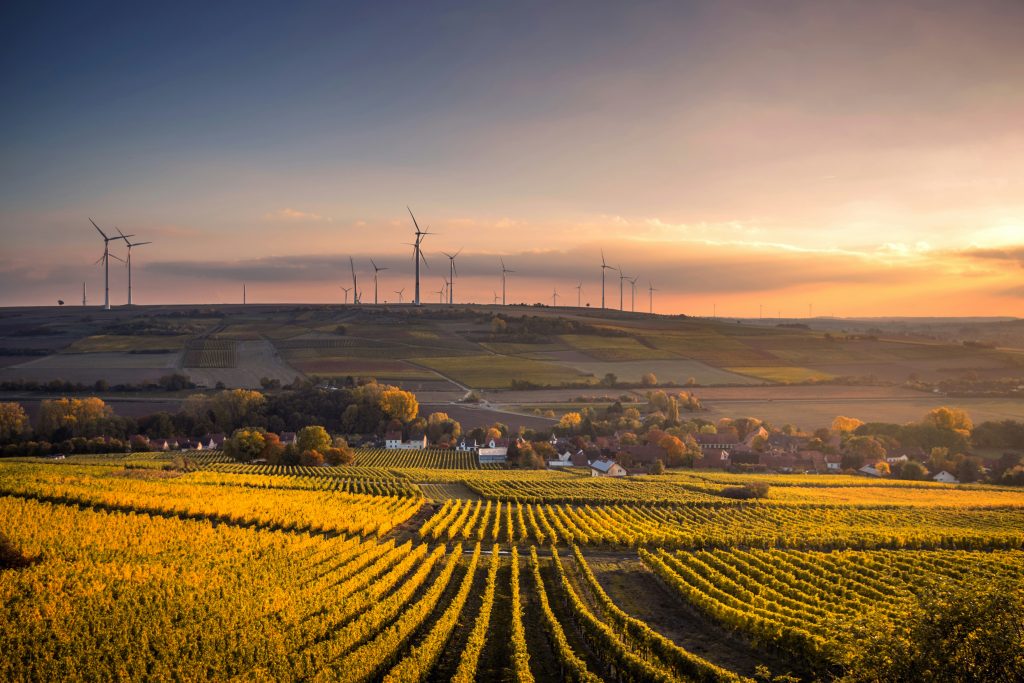by Kati Holtrop
Do you know who is responsible for deciding whether your area is a Residential Neighborhood or a Commercial area? How about who decides whether a huge, stinky factory can move into the lot next to your child’s playground or school? Or how about who can allow foreign green energy companies to rent out thousands of acres of our state’s best farmland to build semi-permanent solar or wind farms that may not actually benefit the communities they are constructed in or the environment they pave over? Who decides whether or not an industrial energy storage facility can be built near your house?
Those decisions were made by our local township zoning boards until last November. Now, according to Citizens for Local Choice, the power to zone industrial energy storage, wind, and solar rests solely in the hands of three unelected people appointed by our governor as the Michigan Public Service Commission.

Citizens for Local Choice, described as a broad coalition of bi-partisan voters from across the state, is fighting for the issue of local zoning authority to be put on the ballot for public debate this November. Volunteers around the state, including in Muskegon County, have been working to educate voters and collect signatures for the ballot proposal. The group needs 550,000 signatures by May 22nd, in order to do that. But the current total of signatures the group has collected is lacking. CFLC’s ballot proposal is supported by the Michigan Farm Bureau, as well as the Michigan Townships Association, among others.
According to Carl Bednarski, President of the Michigan Farm Bureau, “Michigan citizens witnessed an unprecedented Lansing power-grab when the legislature passed House Bills 5120 and 5121 [Public Act 233 of 2023] — legislation that removed zoning jurisdiction from local officials in siting decisions of utility-scale wind, solar, and energy storage projects…According to MPSC Chairman Dan Scripps, reaching the 2040 [state] energy goal will require an estimated 209,000 additional acres of farmland for wind and solar generation to achieve even 60% of energy from renewable sources.” (michiganfarmnews.com)
The acreage required for these green energy utilities has since risen to 300,000 acres, after legislators were convinced of the smaller acreage.

Many other voices have raised concerns about Public Act 233 and its implications for local communities.
Additionally, District 98 State Rep. Greg Alexander told Huron Daily Tribune, “Commissions (like the Michigan Public Service Commission), are not elected officials, they are bureaucrats… Though an amendment was made by Rep. (Joey Andrews) which added that land could not be taken by eminent domain, the Michigan Public Service Commission reserves the right of final determination.” (Dominic Sevilla, Huron Daily Tribune, Nov 17, 2023)
Catherine Andrews, former L’Anse Township Planning Commissioner says, “As a lifelong environmentalist, I was appalled when a foreign corporation proposed constructing a large-scale wind energy project on the Michigamme Highlands and the Huron Mountains in L’Anse Township. A project of that scale would have directly impacted Mount Arvon, the highest point in Michigan as well as the vast networks of rivers, streams and wetlands in Baraga County which is known as the county with the most waterfalls in Michigan. It was only through local zoning that we were able to protect those precious natural features. Without local zoning, our wild places are at risk of corporate exploitation.” (micitizenschoice.org)

Adding to Andrews’ concerns, CFLC quotes Maurie Denecker, Riga Township Planning Commissioner and farmer: “In Michigan, tenant farmers contribute significantly to our crops. While utilities claim to need only a small portion of prime farmland, they overlook the economic destruction to local agriculture. Taking large swaths of land out of production hinders new and young farmers from finding affordable land. The cash offered for land rent ends up in the hands of a few corporate farms, not benefiting the local community.” (micitizenschoice.org)

Opponents say Public Act 233 reduces or removes many protective restrictions on utility-scale green energy facilities as well.
While proponents of the act tout that it will be beneficial to farmers, enabling them to keep farmland, and that eminent domain will not be used against local land owners, the concerns voiced by opponents must not go unheard. A recent poll by Michigan Townships Association found that 87% of citizens believe that the local level of government should be responsible for permitting utility-scale renewable energy. (michiganadvance.com) (michigantownships.org)
For information on this debate and how to get involved, visit www.micitizenschoice.org/
You can also find information on the Muskegon County Citizens for Local Choice Facebook page, https://www.facebook.com/profile.php?id=61556578656684
Reach out to your CFLC county captain at https://www.micitizenschoice.org/campaign-resources
Photos courtesy of unsplash.com, used for illustration, not actual Michigan green energy locations.
